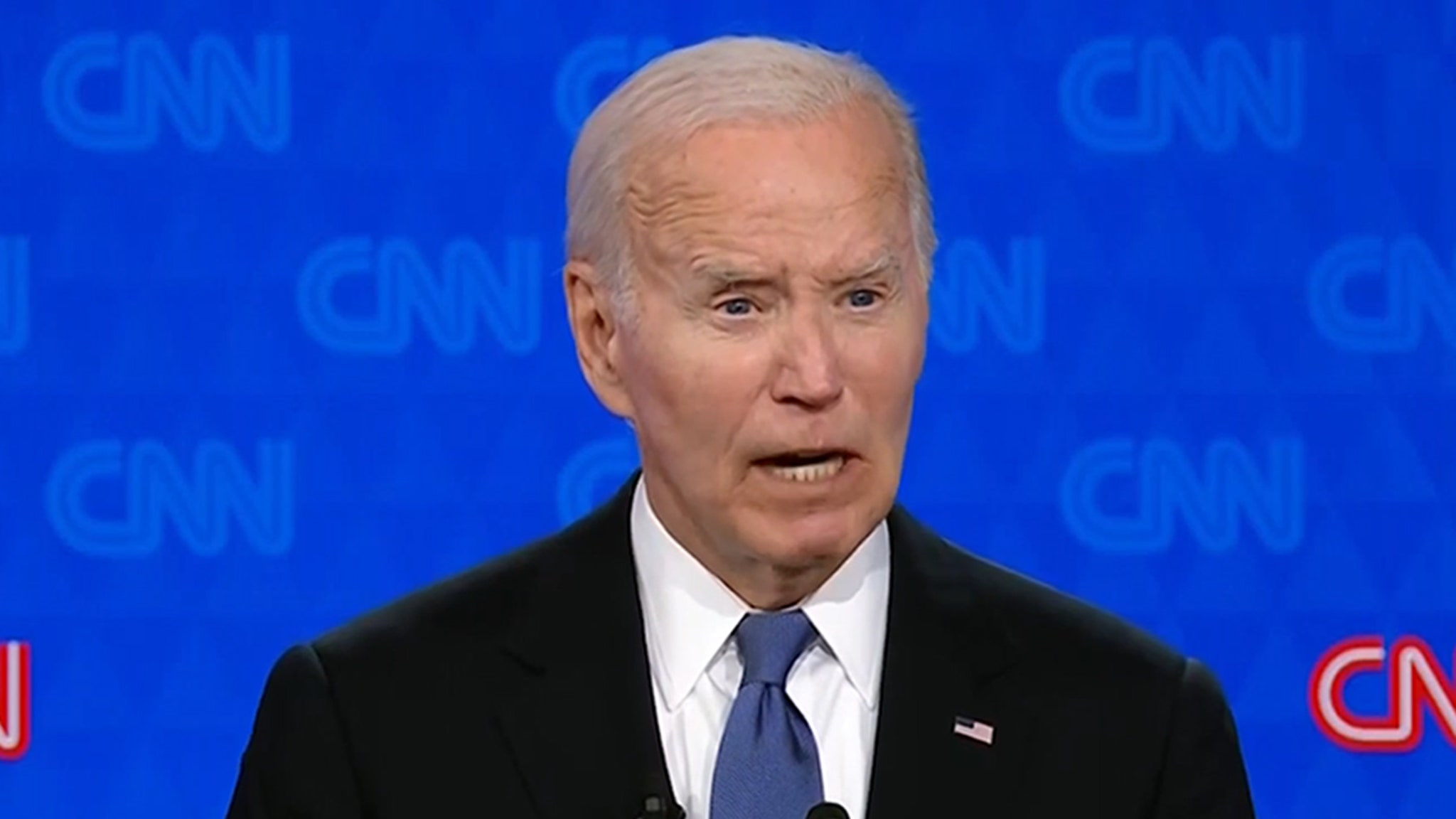Culture
Book Review: ‘Frostbite,’ by Nicola Twilley

FROSTBITE: How Refrigeration Changed Our Food, Our Planet, and Ourselves, by Nicola Twilley
Consider the improbable fact of the supermarket banana. In “Frostbite,” an exploration of the vast system known as the cold chain, the journalist Nicola Twilley follows the banana through a “seamless network of thermal control.” This series of refrigerated trucks, rail cars, shipping containers and warehouses ends in the ripening room, with its temperature gauges and gas immersion baths, all to meet our demand for ripe tropical fruit in all seasons. “Produce is a labor of love,” a warehouse owner tells her. “I tell people that working here is like a face tattoo — you’ve got to be really sure you want it.”
Twilley is a food and health reporter who has studied cold and refrigeration for many years. Her engrossing book combines lucid history, science and a thoughtful consideration of how daily life today is both dependent on and deformed by this matrix of artificial cold.
In the 19th century, using ice to keep rail cars cold eliminated the scourge of urban slaughterhouses. With the gruesome spectacle pushed farther out of view, Americans began to eat a lot more meat. The national cattle population doubled and more land was dedicated to livestock in Texas and the Great Plains. Bison all but disappeared and most Native Americans were confined to reservations. By the 1880s, the bountiful prairie was largely plowed under. But we can now buy hamburger everywhere.
The home refrigerator is barely a century old. Twilley is shown how simple it is to build one, and then tells us just why it took so long to figure out. Early efforts were bent toward making ice with giant and dangerous machinery; breakthroughs in the use of vacuum pumps and compressors “cut out the middleman” of the ice itself.
The cold chain now stretches from the edge of the farmer’s field to your own kitchen. “Refrigeration has changed everything about how and what we eat,” she writes. “It has redesigned not only the contents of our plates but also our bodies, our homes, our cities, our landscape and the global atmosphere.”
Commercial produce today is both less flavorful and markedly less nutritious than what our great-grandparents ate. Outside a home garden or a farmer’s market, the modern consumer can’t taste truly fresh produce. In our pursuit of endless abundance, Twilley explains, we have lost “diversity and deliciousness.”
Twilley’s reach is wide and for the most part, so is her grasp. We hear of the tragic warehouse fire that destroyed the Greatest Refrigerator on Earth in 1893 and learn about lettuce respiration rates. She follows the cold chain through the developing fields of organic chemistry and engineering, and on into architecture, labor politics and “juice gambling,” in which people speculate on millions of gallons of orange juice concentrate kept frozen in two-story-tall tanks.
One story leads into another. A technology invented to dry photographic film at Eastman Kodak led first to the extraction of fish oil and, eventually, bagged salad. The hallucinatory properties of ethylene gas, now used globally to ripen fruit, helped to fuel the séance craze of the 1920s.
On occasion I wanted her to spend more time on the science. The modern refrigerator is simple and quite durable, but the principles involved took centuries to perfect. I wanted more explanation of how this simplicity — “compressor to evaporator to capillary tube to condenser, and round to the compressor again” — creates this miracle.
These are minor quibbles; I found this book hard to put down. The startling statistics — the cold chain preserves almost three-quarters of the food Americans eat; American households open the fridge door an average of 107 times a day — separate tales of unsung scientists. We meet the self-taught engineer Fred Jones, who invented the first mobile mechanical refrigeration unit, expanding the speed and size of the cold chain. Twilley also introduces the physicist Barbara Pratt, who perfected the refrigerated shipping container by traveling the world in one. The author doesn’t miss the ironic fact that Pratt now manages a you-pick orchard.
Cold is not a force in itself, but the absence of heat; to remove heat, refrigeration creates more heat in an already warming world. And refrigeration exists simply to slow decomposition. “We’re in the business of trying to sell a dying product,” one fruit warehouse owner told her. “It’s always a race to get it to where it needs to be before it dies.” Twilley adds, “Today we know more about how to lengthen an apple’s life span than a human’s.”
After a dispiriting description of how the domestic refrigerator led to astonishing food waste, Twilley describes the massive changes in infrastructure and trade that are bringing the mechanized cold chain into the developing world.
Is a global cold chain really what we need? Or will we have a post-refrigeration future, in which food is stored with old-fashioned creativity? Twilley considers the so-called “smart” refrigerator, still far from perfected. Imagine an appliance that mimics the lost virtues of the root cellar, larder, ice box and pantry at once: “a technological solution to a problem caused by technology.”
Perhaps one should not watch sausage being made; if so, it’s no better to follow that sausage all the way to market, as “Frostbite” does. Read this book at your own risk; grocery shopping will not be the same.
FROSTBITE: How Refrigeration Changed Our Food, Our Planet, and Ourselves | By Nicola Twilley | Penguin Press | 387 pp. | $30





















